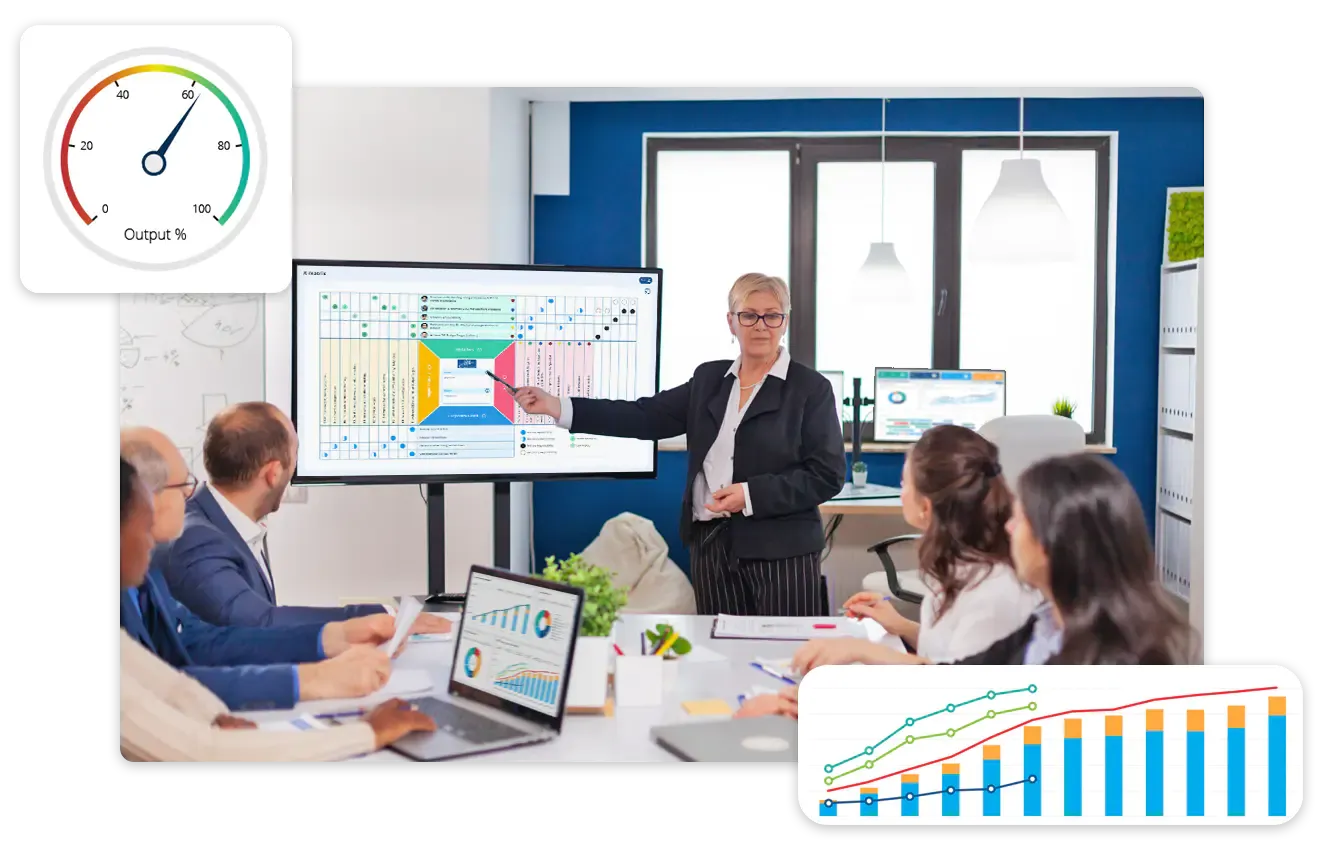Why are Daily Huddle Meetings a Game-Changer for Team Communication?

November 14, 2025
Let’s be honest — most teams don’t struggle with having meetings, they struggle with making them useful. Without a proper daily huddle, it’s easy for things to slip through the cracks. People end up working in silos, issues get spotted too late, and goals start to feel a bit fuzzy. And when huddles do happen, they often turn into a tick-box routine rather than something that actually drives results. That’s where a well-run daily huddle — backed by the right tools — can make all the difference. It’s not just about talking; it’s about staying aligned, solving problems early, and keeping everyone focused.
What daily huddles are - and what they should really achieve?
So, what exactly is a daily huddle meeting?
A daily huddle is a short, organised meeting held every day – usually at the beginning of a work shift or business day – to aid teams stay aligned, communicate productively, and ensure smooth execution of daily tasks and priorities. It is considered a basic element of many Lean management systems and continuous improvement cultures, encouraging real-time collaboration and problem-solving.
It further aids staff by serving as a communication bridge connecting team members, departments, or functions. It enables everyone to share updates, review performance, discuss immediate challenges, and coordinate actions. The primary goal of a daily huddle is to improve transparency, enhance team accountability, and guarantee everyone is focused on the same goals for the day.
